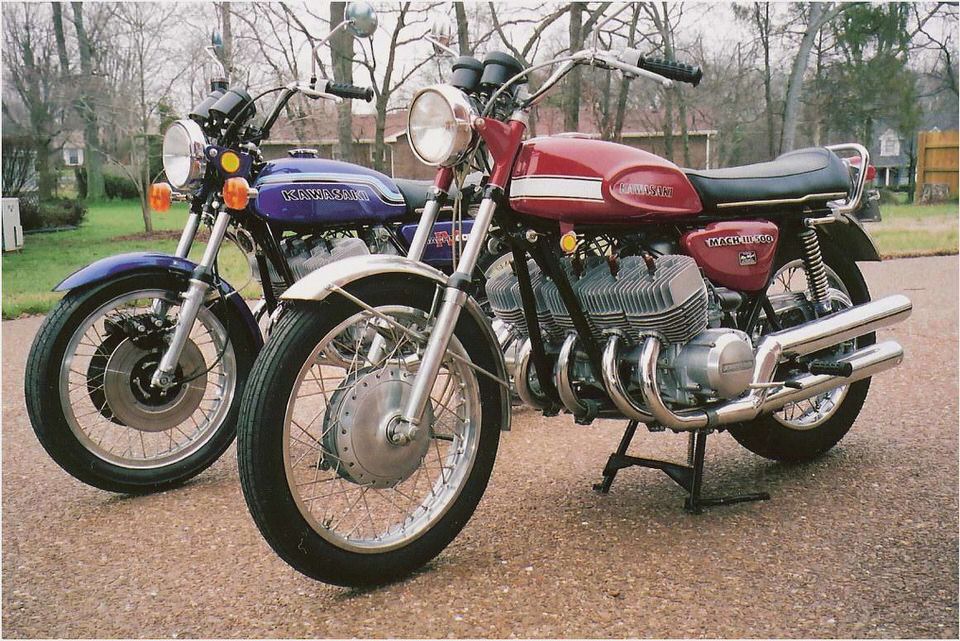
Kawasaki KX450F makes for one wild ride / Second model year already is a major reworking
Page 1 of 1
As I flew through the air at Southern California’s Lake Elsinore, there was a point when I marveled at the power of the new 2007 Kawasaki KX450F motocross bike. That was after I had lifted off from my bunny jump but before I landed rubber side up, grinding my shoulder into the dirt.
There’s a reason low-caliber dirt riders don’t ride grade-A motocross bikes of the four-stroke, 450cc variety. They’re missiles in Skittles-colored clothing.
Heading into supercross season, I wanted to get a taste of the technology that’s driving racers, and the sport itself, to new heights of derring-do and popularity. That led me to the KX450F — the bike helmed by high-flying hotshot James Stewart. who’s favored to win the upcoming AMA Supercross Championship Series now that reigning champ Ricky Carmichael is racing an abbreviated schedule.
The 2007 is the second model year for the KX450F, and already it’s a major reworking. Ordinarily, Kawasaki bikes are on a two-year product-improvement cycle, but the company made more than 50 changes to the KX450F. The pace of motocross technology and the rate of adoption required to stay competitive are that fast.
Over the last decade, off-highway motorcycle sales have quadrupled, from 79,000 in 1995 to 318,000 in 2005. The Motorcycle Industry Council doesn’t break out individual sales figures for play bikes, dual sports and motocrossers, but the sold-out supercross events, maxed-out motocross tracks and six-figure endorsement deals are strong indicators that competition models are a big piece of the pie.
On the KX450F, some of the most significant changes were the intake (which was revised with new camshafts) and a tapered (rather than straight) exhaust, both of which work together to give the bike better low-RPM performance, low-end torque and acceleration out of corners. The aluminum twinspar frame was also tweaked to give the bike less torsional rigidity, i.e. to allow a little more flex and better handling when ridden like a bronco.
The diamond-like coating on the Kayaba fork tubes is also new. An industry first for a production motocross bike, the coating helps smooth the fork action as the front end works its way around the track. Then there’s the extra gear.
Last year’s model had four, but the pros were topping out on particularly fast tracks, so the ’07 model has five.
Personally, I never got past second, which seemed plenty fast as I carved the berms, bobble-headed the whoops and rolled the jumps I was too chicken to fly over by more than a few inches.
What hasn’t changed with the ’07 model: the 38-inch saddle and the kick start, both of which freaked out my street-riding self, especially in combination. The 38-inch seat helps give the bike 13.58 inches of much-needed ground clearance down below, but I wasn’t so sure I could throw a leg over, even though I’m 5 feet, 8 inches tall.
It wasn’t as bad as I’d feared. For maximum suspension performance, the bike is best with about 4 inches of sag in the rear. The sag in the back balances the chassis with the front and allows the wheels to drop into and pop out of the bumps and ruts on the course.
Adjusting the spring brought the saddle down to 34 inches when I put my weight on it, so I wasn’t SOS (seat off seat), just tippy toe. Of course, that doesn’t matter once you get going — only when you’re stopped. Or you’ve wiped out, as I did.
That brings us to the kick start. There’s only one 450cc motocrosser on the market with an electric start on the grip, and the KX450F isn’t it. Competition off-roaders don’t have them because an electric start can add 5 to 10 pounds.
On a 220-pound bike, where every ounce counts, it’s a lot of extra weight for no good reason. Anyone wanting a KX450F with an electric start will have to wait for the 2008 KLX450R — the off-road version of the purpose-built, closed-course KX450F.
Ever ridden one of these range ponies? Even without the fine-tuned motor, stiffened suspension and other performance enhancers, the KX450F is a monster of a machine.
Stock engine performance is one of the reasons motocross is becoming more of a four-stroke world. You don’t need to spend a lot of money and time futzing with performance pipes and other mods; they jump hoops right out of the box. The power delivery is also less abrupt and more linear on a four-stroke.
Until the late ’90s, when Yamaha rolled out its four-stroke 400 prototype, motocross was a two-stroke affair. Manufacturers just didn’t believe it was possible to make a four-stroke motocrosser that was powerful, compact and lightweight enough to compete. But the Yamaha YZM400 proved it could be done.
By 2003, Honda had jumped on board with a four-stroke 450. Then came KTM, Suzuki and, last year, Kawasaki.
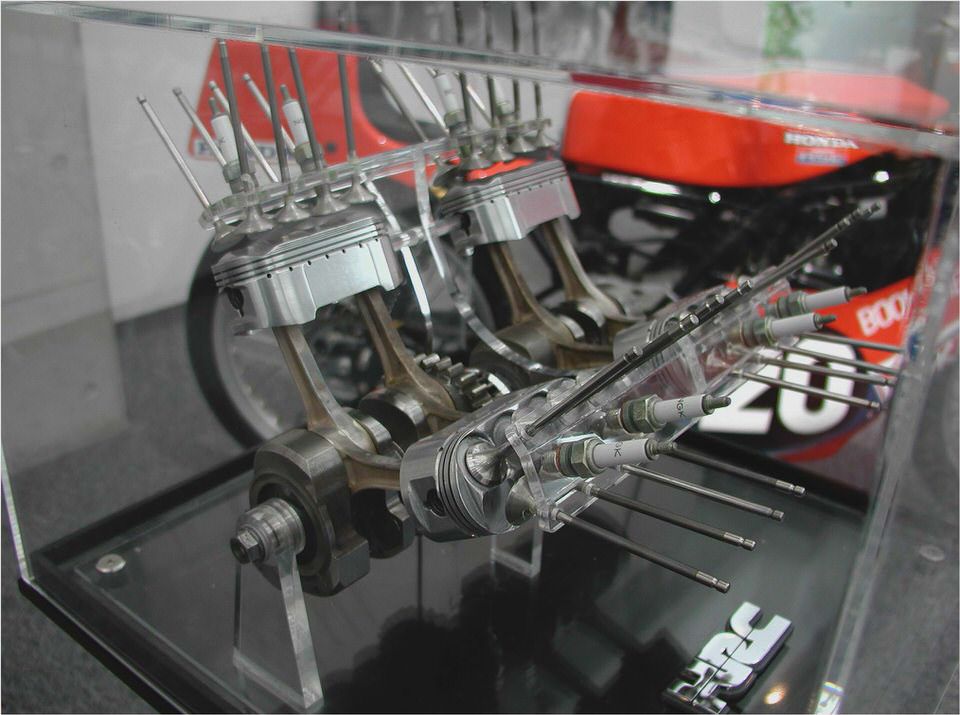
Honda’s recent decision to terminate two-strokes says it loud and clear: Four-strokes now dominate. It isn’t the high-pitched revs of two-strokes reverberating around the tracks these days but the bass notes of their four-stroke brethren.
Why’s it changing? Some of it’s increasingly strict emissions standards. Two-stroke motors are a simpler design and produce more power per cycle than a four-stroke, but because they work with a gas-oil mixture, they’re more polluting and less fuel efficient.
Now that manufacturers have been able to advance the technology of the cleaner-running, four-stroke motor and improve its power-to-weight ratio, four-strokes are taking over, especially at the pro level.
The two main classes in AMA motocross racing and its indoor counterpart, supercross, are 125cc lites and the 250cc motocross/supercross class, but the bikes in the 125cc class are actually 250s, and the bikes in the 250cc class are 450s. AMA rules deem 125cc two-strokes competitive with 250cc four-strokes, and 250 two-strokes competitive with 450 four-strokes.
There’s been some grousing that the equivalents aren’t so equivalent anymore — that four-stroke technology has evolved so dramatically, it actually has an edge. But the AMA’s equivalency formula is designed to encourage participation, competition and different engine configurations, a mission accomplished with bikes like the Throttle Jockey-throwing KX450F.
A bike that told me in no subtle terms: You’ve gotta work your way up to be worthy. 2007 KAWASAKI KX450F
Base price: $6,899
Power train: Liquid-cooled, four-stroke single with DOHC and four valves, five-speed
Displacement: 449cc
Suspension: 48mm inverted Kayaba fork with DLC coated sliders, UNI-TRAK linkage system
Ground clearance: 13.58 inches
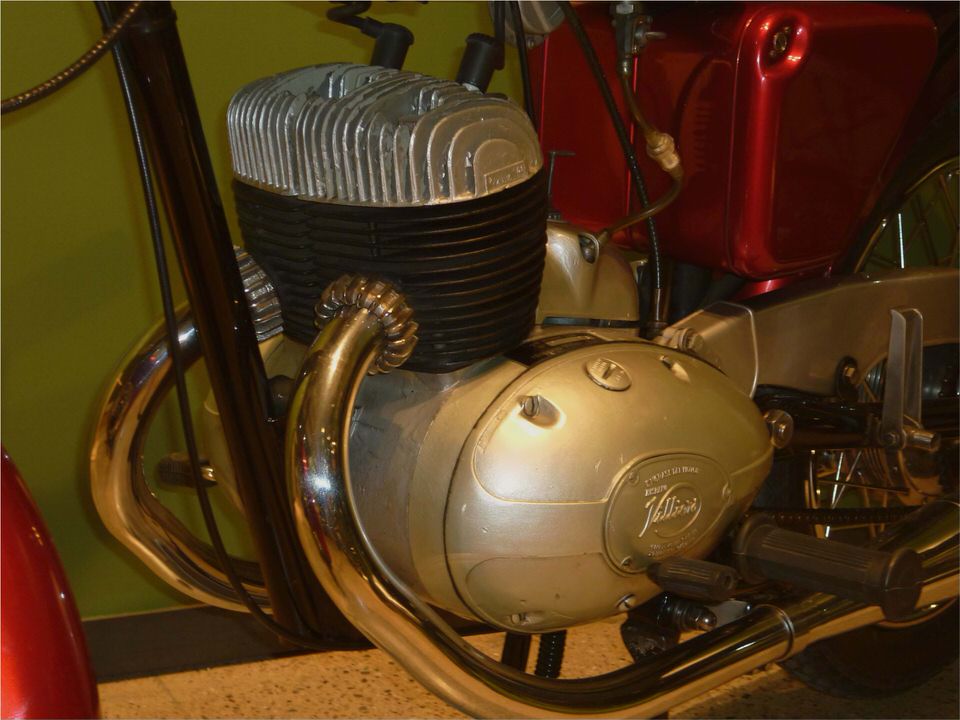
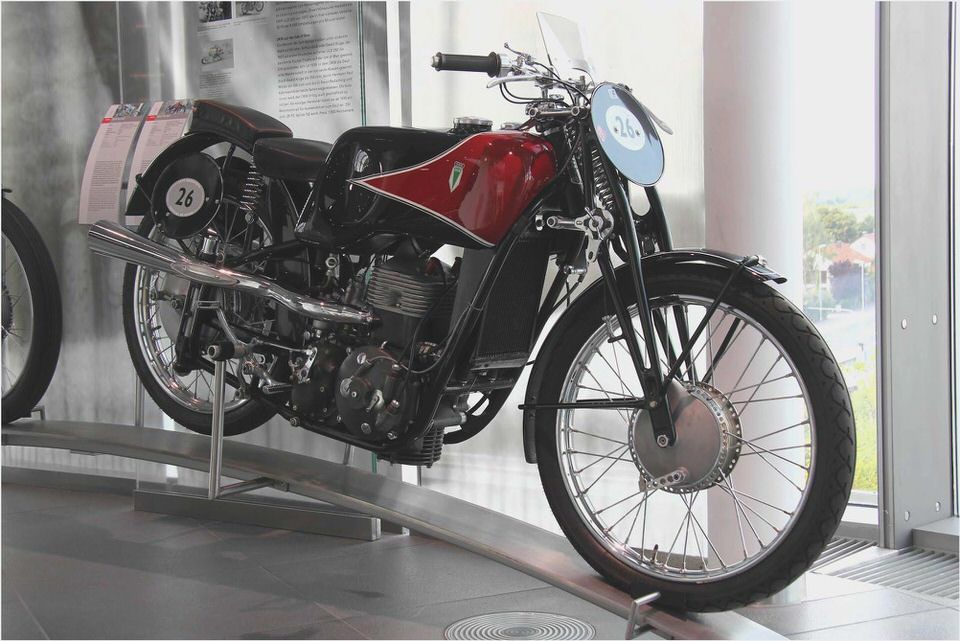
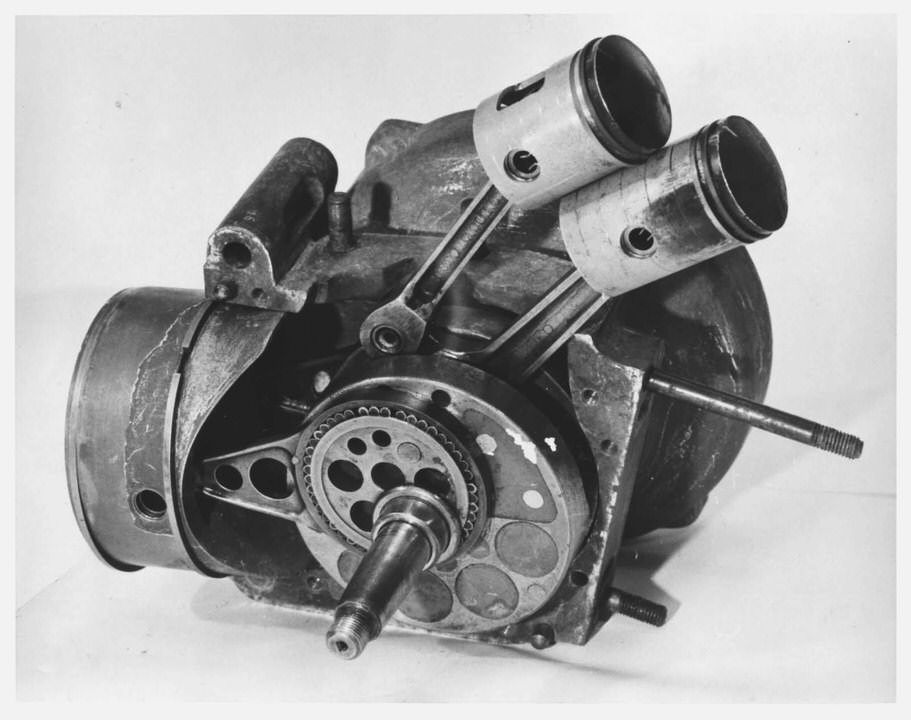
- Kawasaki ZZR 250 How To Make & Do Everything!
- Kawasaki’s 39 horsepower Ninja 300 bonsai superbike
- GPZ 1100
- 2005 Kawasaki KX Models – Transworld Motocross
- Kawasaki ZX-14R Road Test Review- Photos- Specifications- Price- Notes

